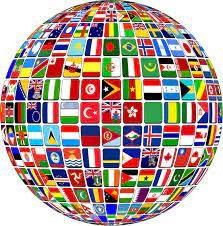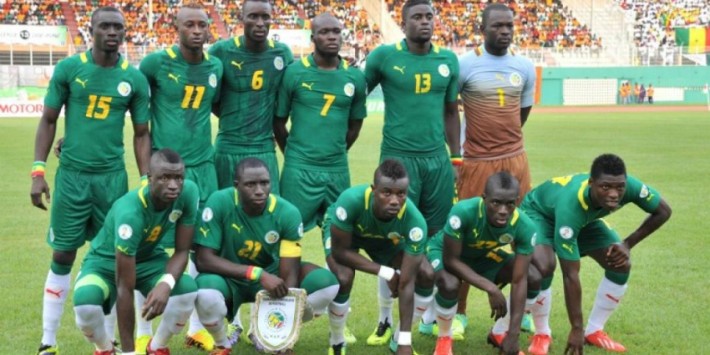You’re absolutely right in observing that the drop in goal average from the group stage (2.83) to the Round of 16 (2.25) reflects not a dip in attacking intent, but rather a showcase of goalkeeping brilliance and more cautious tactics.
During the group stage, teams often play with more openness, needing to score to ensure qualification, which leads to more attacking play and, by extension, more goals. Once the knockout rounds begin, the stakes rise, and with elimination on the line, teams often prioritize defensive solidity over risk-taking. That strategic shift tends to reduce scoring chances.
The Round of 16 in this World Cup has been particularly notable for the outstanding performances of goalkeepers:
Rais M’Bolhi (Algeria): His heroics against Germany, making key saves and pushing the game into extra time, earned him the Man of the Match award.
Tim Howard (USA): Set a new World Cup record with 16 saves against Belgium, single-handedly keeping the U.S. in the game.
Vincent Enyeama (Nigeria): Once again demonstrated why he is one of Africa’s top keepers, making crucial stops against France.
Guillermo Ochoa (Mexico): Continued his stunning World Cup form, frustrating Dutch attackers with his reflexes.
Claudio Bravo (Chile): Played a pivotal role in pushing Brazil to penalties, showing leadership and technical quality.
As we head into the quarterfinals, matches may tighten even further. Tactical conservatism often prevails at this stage, with teams more focused on not conceding than on aggressively seeking goals. Unless there’s an early goal to open up the game, expect cagey battles — and more opportunities for goalkeepers to shine.
Would you like a statistical breakdown or prediction of goal trends in the quarterfinals based on previous World Cups?











